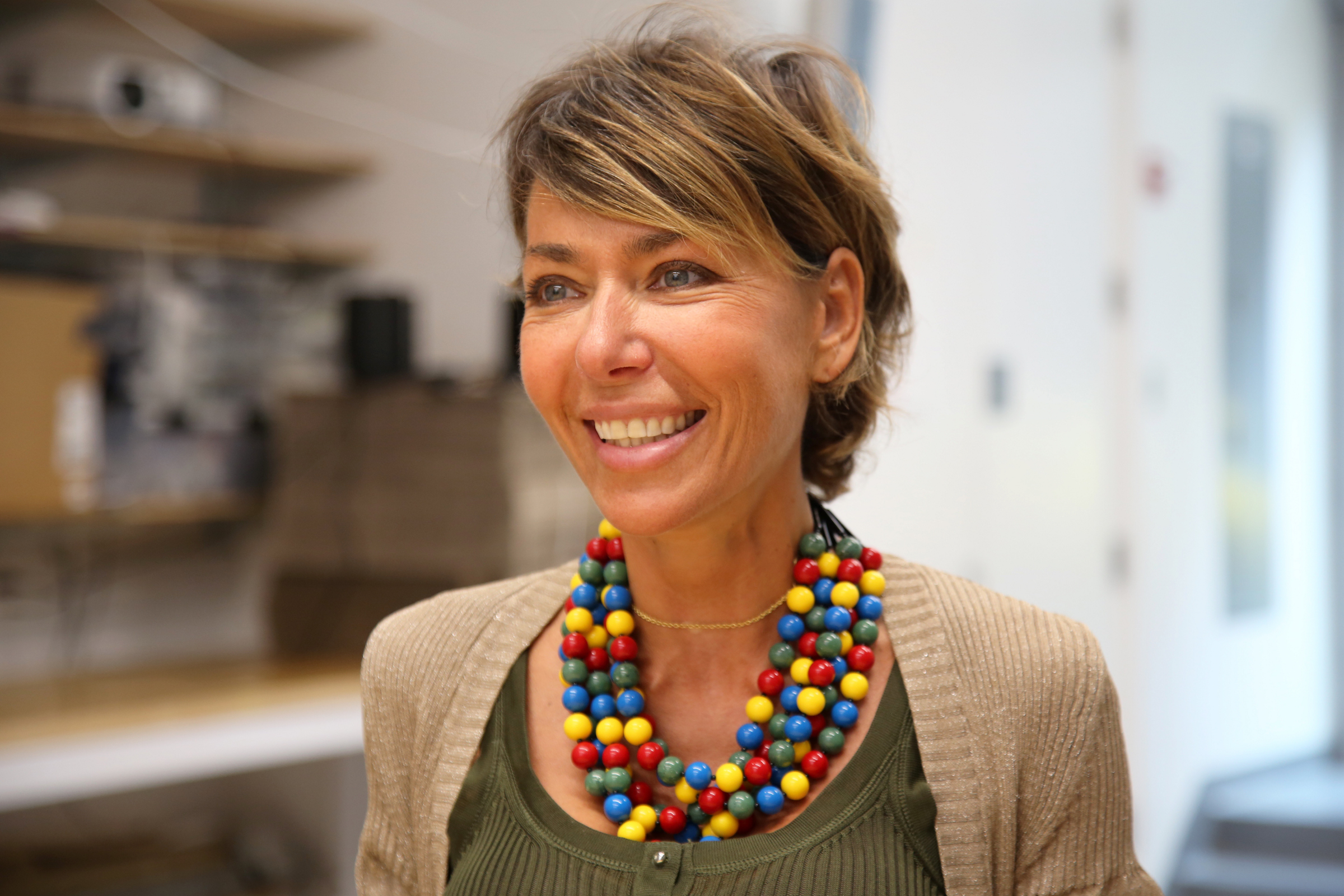“I’m not gifted for math!” We often hear this phrase, and it strikes me as filled with lasting consequences.
The phrase implies that there are certain people who have a gift for math, which means they will naturally be able to understand some concepts better than others. It also tells us that there is a gene for math. Who hasn’t heard of someone called a math whizz?…
Is there there such thing as a math whizz?
This idea stems from that 19th century pseudo-science called phrenology, which made a false link between the shape of the brain and its intellectual capacity.
In reality, the idea is obviously erroneous, because math whizzes don’t exist.
A gene for math?
So, how do we explain why it is that some succeed in math and others don’t, and why the notion of a math whizz is so anchored in our minds that it has become an idiomatic expression.
I am certain that our aptitude in math is directly tied to how we were introduced to the subject from our youngest days and in the approach to teaching math to students throughout their lives at school.
Giving meaning to maths
A successful introduction to math means putting meaning behind numbers, rather than a mechanical understanding of them without any real significance. We are often too wrapped up in teaching cardinal numbers, for example, in a way that uses repetition to make a link between the name for a number, the writing of a number, and the ordering of numbers in a series. Counting numbers by rote memorization helps students count quite high, yes. However, rather than helping students to learn the value of a number or how to do math calculations in their heads, it actually gets in the way.
To give students a complete understanding of what a number means, we need to introduce cardinal numbers with addition and subtraction (5=2+3, 5=1+4) from the beginning to help them make the connection between the word for a number and its inherent value.
Building connections
A child’s memory is not a basket where information is collected. We should think of it rather as a reservoir where information is stored and understood in complex and interconnected ways, and where it is constantly being reorganized in a dynamic way. It’s there that we can teach students to determine the result of a calculation and help to build these connections. The regular practice of making mental calculations then becomes part of the process of memorization and retention. Memorization does not follow; it goes along with learning and may be the result.
It is for this reason that in preschool, our teaching team prefers not to wait to teach our students in this pedagogical approach. Rather we choose those exercises that will better help us meet our pedagogical mission: to develop in every child many arcs of knowledge in math, literature, music and science.
And certainly, let’s stop wondering whether or not there are math whizzes…
Video by Emmanuel Rouy.
About the Author :
Vannina Boussouf a grandi en Corse, une île où le bilinguisme fait partie de l’identité et de la culture locale. Elle a étudié l’anglais et l’espagnol à l’Université de Corse, puis la philologie et les lettres à Cordoue en Espagne, avant de travailler comme institutrice et directrice d’école. Vannina est partie aux Etats-Unis en 2004, où elle a enseigné dans une classe bilingue français/espagnol à l’International School en Louisiane. Elle a rejoint le Lycée en 2007 en tant que Directrice de l’école primaire. Elle s’intéresse particulièrement aux techniques d’enseignement innovantes dans un environnement bilingue.


